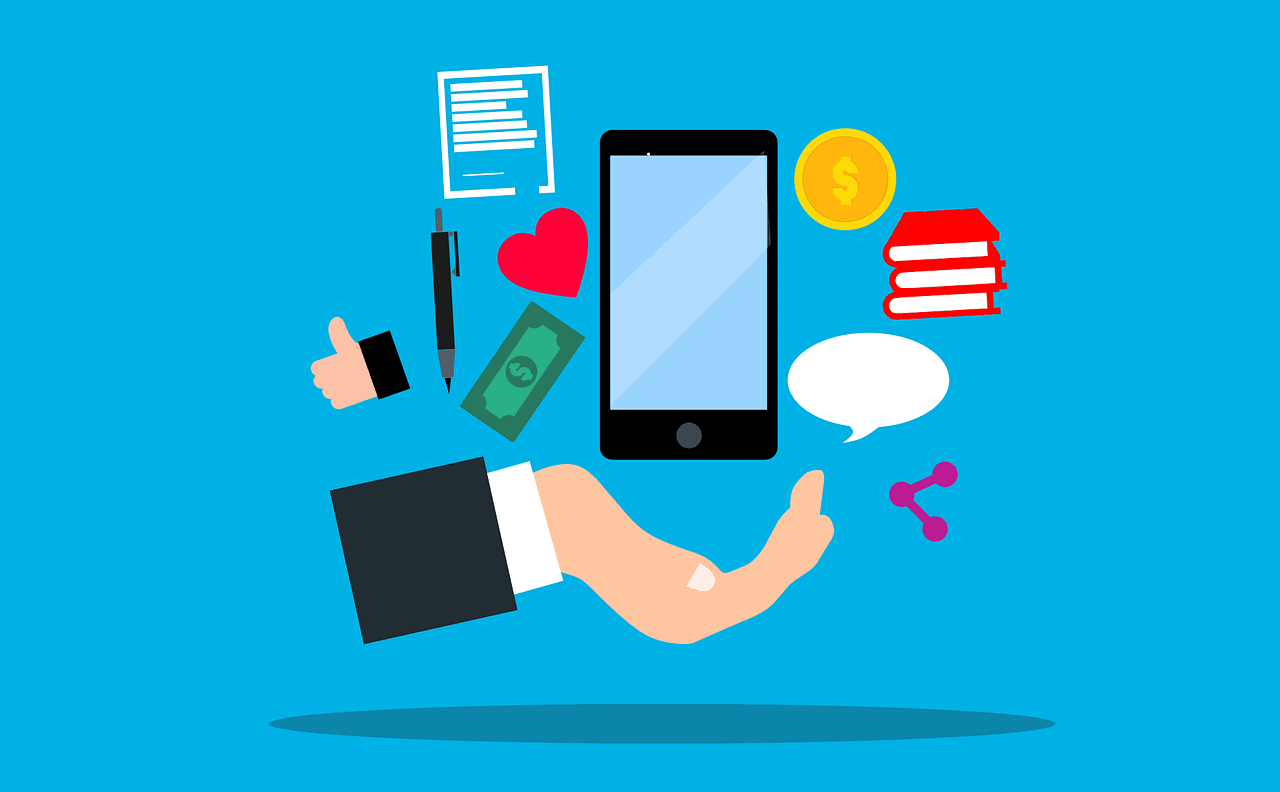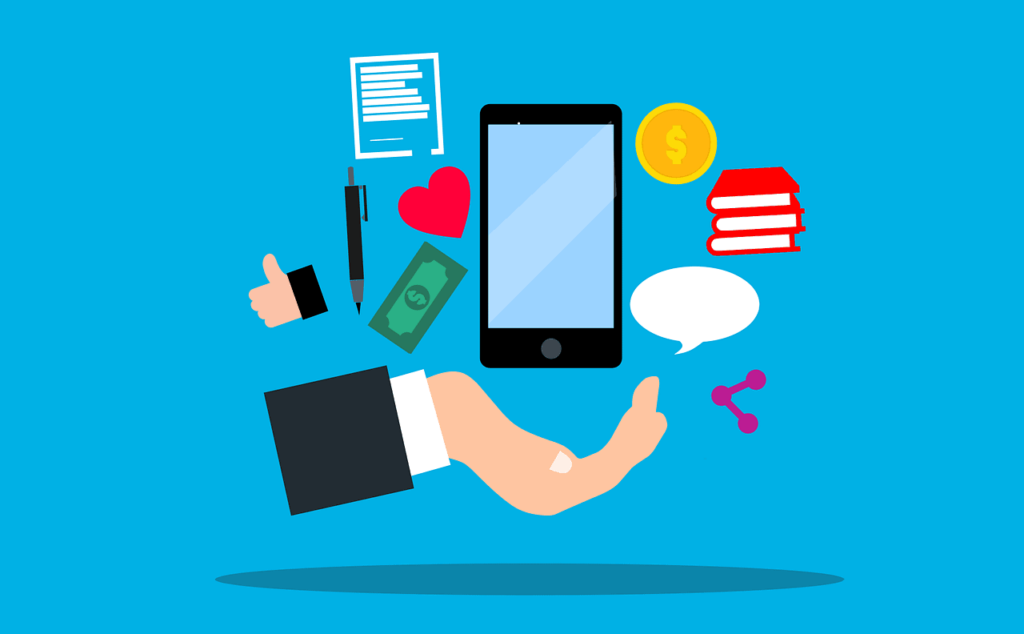
10 Ways to Propel Engagement Through Email and Social Media Integration

Introduction
Most e-marketers realize the significance of email and social media marketing channels. However, applying these combined forces with no coherent social media strategy is usually the greatest obstacle to a comprehensive digital marketing plan.
Here’s how you can strategize an email and social media merger to boost database growth, expand profits, and provide an enhanced cross-channel customer journey.
At one time, marketing experts forecasted that email would be obsolete, replaced by social media. Instead of this happening, email and social media learned to collaborate.
Now social media involves developing dialogues with leads and clients for better brand awareness and loyalty. Email communication embraces this and propels the conversion when they are successfully combined.
These ten recommendations will assist in helping you improve your blended email and social media strategy as you achieve a better cross-channel buyer experience.
1. Include an opt-in email form on your company’s Facebook page
Link your Facebook audience to your email list by including a customized tab that opens an opt-in email form visitors can complete without having to leave your page. This form opens inside the structure of your Facebook page, located beneath your cover image in the navigation bar.
Alternatively, you can add a button that links to a signup form on your business website. Although this will interrupt the users’ Facebook experience by taking them out of the platform, it will bring them to your home territory.
You can do A/B testing to see whether a tab or signup button brings more opt-in results. Do take into account that neither of these options is available on the Facebook platform when viewed on mobile. As mobile users can view your About section, place a signup link and benefit description in this area so your mobile audience can find it and take action.
2. Use newsfeeds for promoting opt-ins
Your email content can provide a constant supply of new, first-rate social media posts. This is effective for the Facebook algorithm that bases your reach on fresh content. For Facebook and Twitter accounts, you can reuse your newsletters for excellent social media posts. In addition, your usual sales and email-exclusive offers can reveal what’s missing for those not subscribed to your list.
Make a regular schedule for promoting opt-ins, sending your audience to your website’s opt-in page or to your newsletter’s Facebook tab. For Twitter or other social media platforms, place the opt-in URL on your information page or in your About section.
3. Use your emails to publicize social media campaigns
Incorporating your exciting social media promotions into your email content gives publicity for these campaigns beyond your social media pages and feeds.
For instance, the Facebook changes in algorithms have lessened the organic reach for marketing posts. Adding email for your social media campaigns can increase publicity, boost traffic, and gain new followers. Incorporating social media marketing with your email outreach could also introduce inspiration and personality to your brand’s newsletter.
4. Recycle popular social media posts into email content
Take advantage of your email list’s broad reach to bring more awareness to your social posts and help increase your exposure. Choose your posts or Pinterest pins with the most audience shares and comments. You can also launch a hashtag promotion with tweets or Instagram images providing social proof through audience-created engagement. All of these can be recycled into emails.
5. Prominently display your social media icons
If the icons linking to your social pages are too minuscule for your readers to see, relocate the icons to a place more visible. A/B testing will reveal the right formatting and optimal location for receiving the most attention.
6. Announce your social networks in welcome emails
Welcome messages structured in a series typically attract attention better than a one-time welcome email. Whether you welcome new subscribers with an email series or as a single email, make sure one message contains an invitation to visit you on your social media platforms. Use this time to detail the benefits of each channel.
7. Highlight blog content and videos in email and social media posts
Beyond posts and Pinterest pins, you can use email to showcase your blog and video-related social media channels, such as YouTube, Vimeo, and Instagram. Not only will this increase traffic, sharing, and brand recognition, but it will also provide instant material for your email content.
8. Develop catchy email content your readers will eagerly share on their social media
A direct connection to your audience through social media lets you learn what topics interest them. Make the most of this insight through creating engaging, catchy emails they would likely share to their own channels or as email forwards.
9. Invest in paid social media tools
You may have to invest money if you’re fully committed to establishing a following and reach. Both Facebook and Twitter have various tools for increasing brand exposure. The drawback is, you must sacrifice time and budget for setting up these tools. The upside is it provides the chance for building and reestablishing audience connections without consent risk.
With Facebook Custom Audiences, you can search for corresponding matches in Facebook’s member database after uploading your list of unsubscribers, then apply targeted advertising to their Facebook pages to reach them there.
Twitter’s Lead Generation Cards make Twitter campaigns run much smoother. By implementing this feature to your post (for example, when using a Twitter post in conjunction with your email promotion or as a post for an email opt-in), your audience can use a clickable link that takes them to a pre-populated form, complete with their name, email address, and Twitter username. This is especially ideal for an audience of mobile users.
A Website Card is another option, which lets you direct your followers and visitors similar to them to any specific page on your site, such as your brand’s landing page, item page, or a key blog entry.
10. Invite your email unsubscribers to connect to your social platform
Many unsubscribers may not intend to break off contact with you completely. The customer relationship can continue growing through their connection to your social platforms. To encourage this, add value-based invitations with your social platform URLs to your unsubscribe confirmation page or on the subscription management page.
Monitor these steps to check where your audience goes after unsubscribing. Take what you’ve learned through this information to refine your email campaign and keep more of your subscribers.